
This article is part of a regular ExpatGo editorial series on books, authors and reading in Malaysia and around Southeast Asia. To see more articles in the same series go to the reading series section.
From genre-defining novelists to daring war-time memoirists, Malaysia has inspired acclaimed writers throughout the world. It’s pretty easy to see why.
Apart from being a melting pot of vibrant cultures, Malaysia is a land of bustling cities, tranquil kampongs and untamed jungles. These elements make Malaysia the perfect setting for a great page-turner. The country’s turbulent history, and the role that foreign powers played in shaping it, has also generated a great range of engrossing fiction and non-fiction.
The British colonial era saw the rise of some of the most famous and controversial authors who wrote about Malaysia (then ‘Malaya’). However, the country continues to stir creative minds across the globe to book their tickets, open their laptops and start hammering out new masterpieces.
Here is a list of some of the most notable authors who lived in, travelled through and wrote about Malaysia!
1. Anthony Burgess
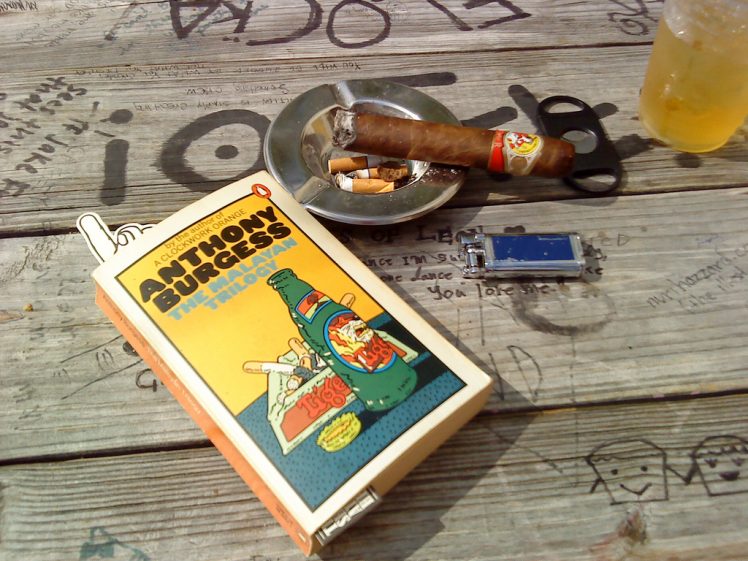
Photo credit: Prehensile Eye / Foter / CC BY-NC-SA
Perhaps best known for his dystopian science fiction novel A Clockwork Orange, Anthony Burgess lived and worked as a teacher in Malaya during the 1950s. Whilst there, he became fluent in Malay and spent part of his free time writing fiction and musical scores. Burgess’s famous Malayan Trilogy, published in the 1950s, covers the often comic adventures of a history teacher working against the backdrop of the Malayan Emergency.
Get the Malayan Trilogy here.
2. Somerset Maugham
Photo credit: Robert Huffstutter
During the first half of the 20th century, Somerset Maugham was one of the highest paid and most acclaimed writers in the world. He also worked as a spy for the British Secret Service. Maugham travelled extensively through South East Asia and wrote a wide variety of works set in Malaya and Borneo. One of his most famous collections of short stories is The Casuarina Tree, which follows the lives of expat planters and pioneers living in Malaya during the 20s.
3. Alfred Russel Wallace
Photo credit: Google Books
Often called ‘the father of biogeography’, Alfred Russel Wallace is up there with Charles Darwin as one of the most famous naturalists of all time. From 1854 to 1862, Wallace travelled throughout Malaysia (then the Dutch East Indies) and the surrounding islands, collecting thousands of natural specimens. Wallace’s ground-breaking discoveries and exciting exploits were recorded in his most successful work The Malay Archipelago, which continues to thrill and inform readers today.
Get The Malay Archipelago here.
4. Joseph Conrad
Photo credit: Amazon
There are few authors as celebrated and controversial as Joseph Conrad. Though he travelled extensively by ship along the coast of Malaya and other South East Asian countries, he spent relatively little time on land. As a result, his depictions of Malay culture in his novels have been criticized as inaccurate and racist. One of Conrad’s most famous novels, Lord Jim, covers the exploits of a young English seaman who becomes leader of a settlement populated by Malays and Bugis.
Get Lord Jim here.
5. Isabella Bird
Photo credit: Google Books
As a pioneering travel writer, photographer, naturalist and the first woman to be elected Fellow of the Royal Geographical Society, Isabella Bird lived a far more exiting life than most women of her day. Her amazingly detailed work The Golden Chersonese covers life in the urban settlements and jungles of Malaya and Singapore in the late 19th century. It is also one of the world’s oldest surviving travel accounts written by a woman.
Get The Golden Chersonese here.
6. Freddie Spencer Chapman
Photo credit: Google Books
During the Second World War, British Army officer F. Spencer Chapman led numerous successful skirmishes against the Japanese, at times working alongside the Malayan Chinese Communists. Fighting jungle diseases and harsh terrain, as well as the Japanese, Chapman and his men (all disguised as Chinese laborers) eventually escaped to Pangkor Island, where they were picked up by a British submarine. It seems only a matter of time before Chapman’s thrilling story, recorded in his memoir The Jungle Is Neutral, becomes a Hollywood blockbuster!
Get The Jungle is Neutral here.
7. Han Suyin
Photo credit: Wikipedia
Born in China to Eurasian parents, author and physician Han Suyin truly broke into the literary scene with the 1952 novel A Many Splendored Thing, which inspired a 3-time Oscar winning film and a popular theme song. Han Suyin travelled to Malaya during the communist insurgency with her husband (a British Officer), where she worked in Johore Bahru General Hospital. Her experiences there led her to write the controversial novel And The Rain My Drink, which almost ruined her husband’s career due to its anti-colonial slant.
Get And The Rain My Drink here and A Many Splendored Thing here.
8. Noel Barber
Photo credit: Amazon
Anyone looking to read a riveting account of the Malayan Emergency from the British perspective cannot go past Noel Barber’s The War of the Running Dogs. Barber’s work reads like a first-class thriller, but it is still informative and filled with the stories of ordinary planters as well as the key military players. After his time in Malaysia in the 1950s, Barber went on to write a wide range of novels spanning a number of genres.
Get The War of the Running Dogs here.
9. Leslie Thomas
Photo credit: Wikipedia
Despite having spent a tour of duty doing military service against the Malayan communists, the works of Leslie Thomas are far removed from Barber’s serious account of the war. Leslie’s 1966 novel The Virgin Soldiers is a comedy, partly inspired by his own experiences during the Malayan Emergency, and revolving around a delicate love triangle. Fairly risqué for its day, The Virgin Soldiers inspired two movies (the first featuring an uncredited David Bowie!).
10. Lloyd Fernando
Photo credit: Amazon
The Sri Lankan born Malaysian author Lloyd Fernando worked as an English professor for the University of Malaya until retiring in 1978. His celebrated novels Scorpion Orchid and Green Is The Colour deal masterfully with themes of racial diversity and conflict in Kuala Lumpur and Singapore. The works of Lloyd Fernando are still counted among the finest fiction to come out of South East Asia.
Get Scorpion Orchid here and Green Is The Colour here.
11. Marcus Langdon
Anyone interested in the vivid story of Penang during the days of the British East India Company should be sure to pick up a copy of Marcus Langdon’s Penang: The Fourth Presidency of India 1803-1830. This first volume of a planned series of four history books covers some of the most pivotal moments of the island’s colonial history. A British-born Australian, Langdon was partly inspired to write a detailed history of Penang after discovering ancestral connections to the island. He currently lives in Penang under the Malaysia My Second Home program.
Get Penang: The Fourth Presidency of India 1803-1830 here.
See also: Why history writer Marcus Langdon chose Penang to be his home
12. Paul Callan
Photo credit: Paul Callan
Irish author Paul Callan has written two recent and highly praised historical novels both set in Malaysia. His IMPAC Literary Award longlisted novel, titled The Dulang Washer, is a drama set in the harsh tin-mine camps of Perak toward the end of the 19th century. The second novel, Shadows Beneath The Fronds, is set partially on the plantations of Malaysia. The story follows a friendship between a boy and girl from Tamil families that is tested by separation and hardship. Paul Callan divides his time between his homes in Malaysia and London.
You can read Expat Go’s book review of Shadows Beneath The Fronds here.
Get The Dulang Washer and Shadows Beneath The Fronds here.
13. Julian Lees
Talented storyteller Julian Lees was born in Hong Kong in 1967. His highly compelling 2013 novel The House of Trembling Leaves features a daring female protagonist who must struggle to survive a forced marriage, then the Japanese invaders and, finally, the communist guerillas. Julian Lees currently lives in Kuala Lumpur with his family.
Get The House of Trembling Leaves here.
14. Boris Hembry
In his Malayan Spymaster: Memoirs of a Rubber Planter, Bandit Fighter and Spy, Boris Hembry covers in exciting detail his exploits during the Japanese occupation and the communist guerilla war. Hembry’s memoir of his time as an English spy are filled with enthralling accounts. Some examples include trapping a rogue tiger, reporting on Japanese camps in Burma, and even being part of a covert operation spearheaded by Freddie Spencer Chapman.
Get Memoirs of a Rubber Planter, Bandit Fighter and Spy here.
15. Andrew Barber
Historian Andrew Barber is best known for his 2012 book Kuala Lumpur at War 1939-1945. This impressive work brings to life the experiences of ordinary Malaysians who lived in Kuala Lumpur during the Japanese occupation. The book masterfully combines interesting anecdotes with information collected from newspapers, military archives and a wide range of other materials. Andrew Barber, a former English diplomat, lives in Malaysia with his wife and two children. You can read the Expat Go Malaysia’s review of Kuala Lumpur at War 1939-1945 here.
Get Kuala Lumpur at War 1939-1945 here.
Read More:
"ExpatGo welcomes and encourages comments, input, and divergent opinions. However, we kindly request that you use suitable language in your comments, and refrain from any sort of personal attack, hate speech, or disparaging rhetoric. Comments not in line with this are subject to removal from the site. "

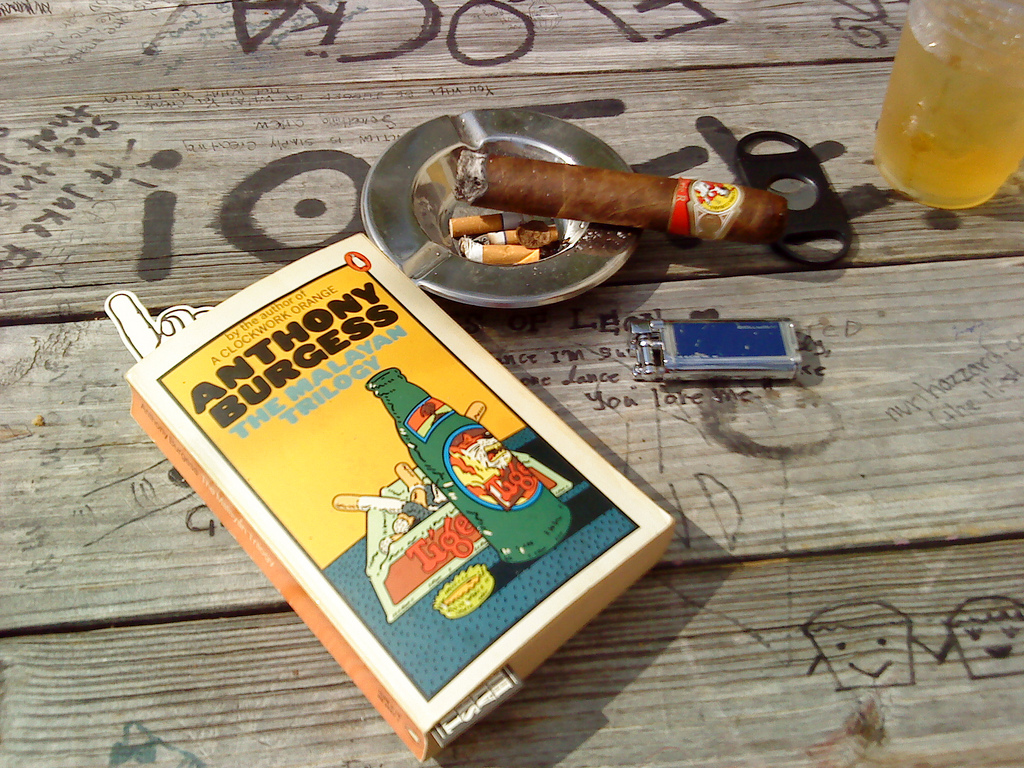

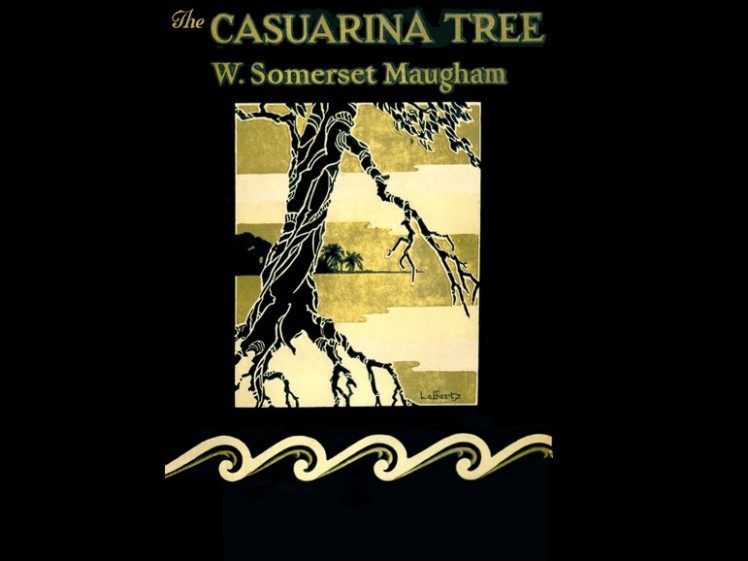
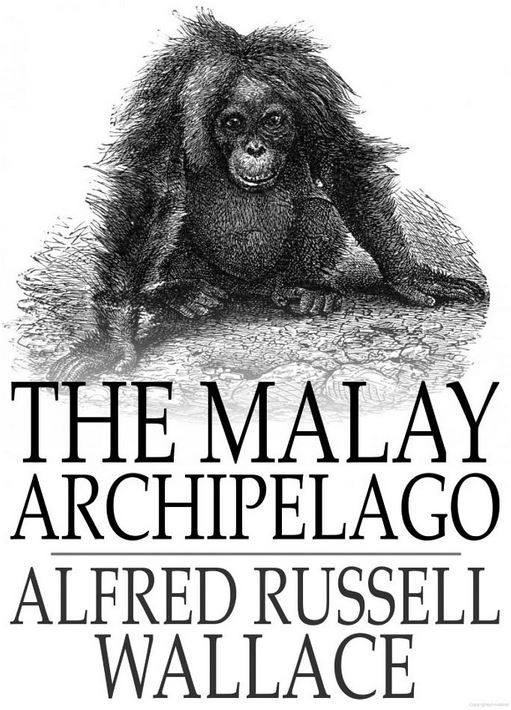
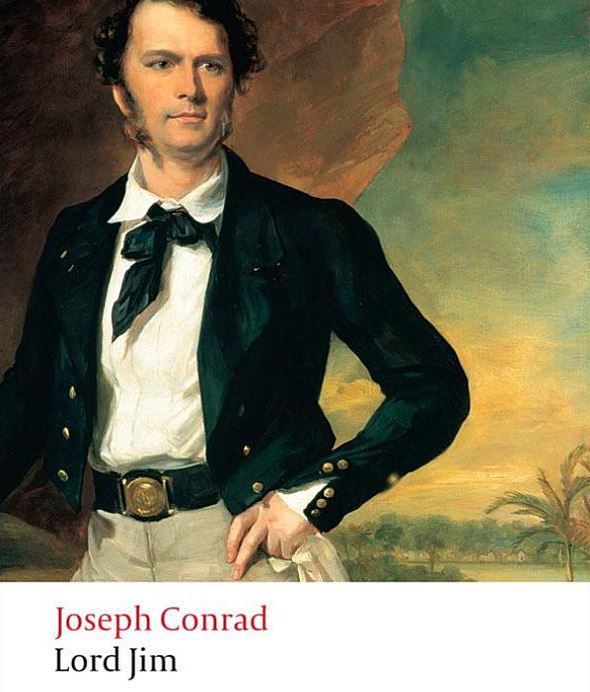
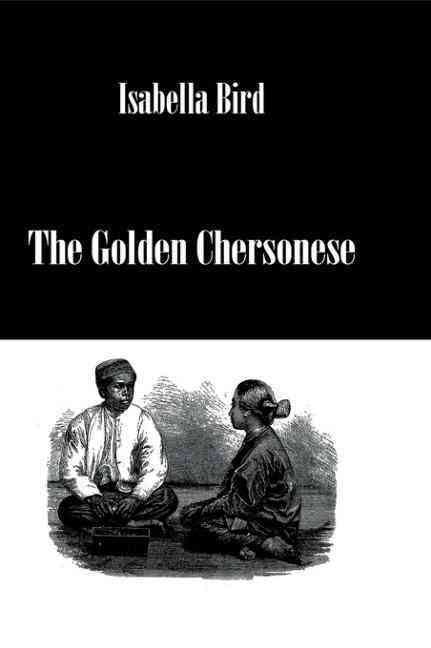
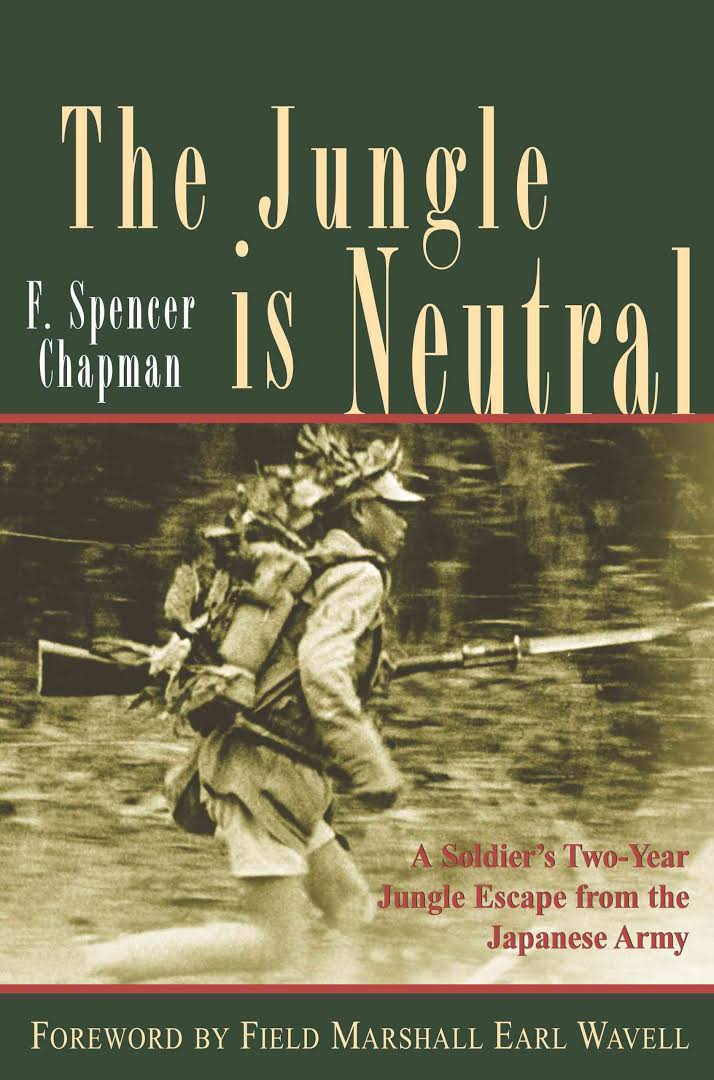
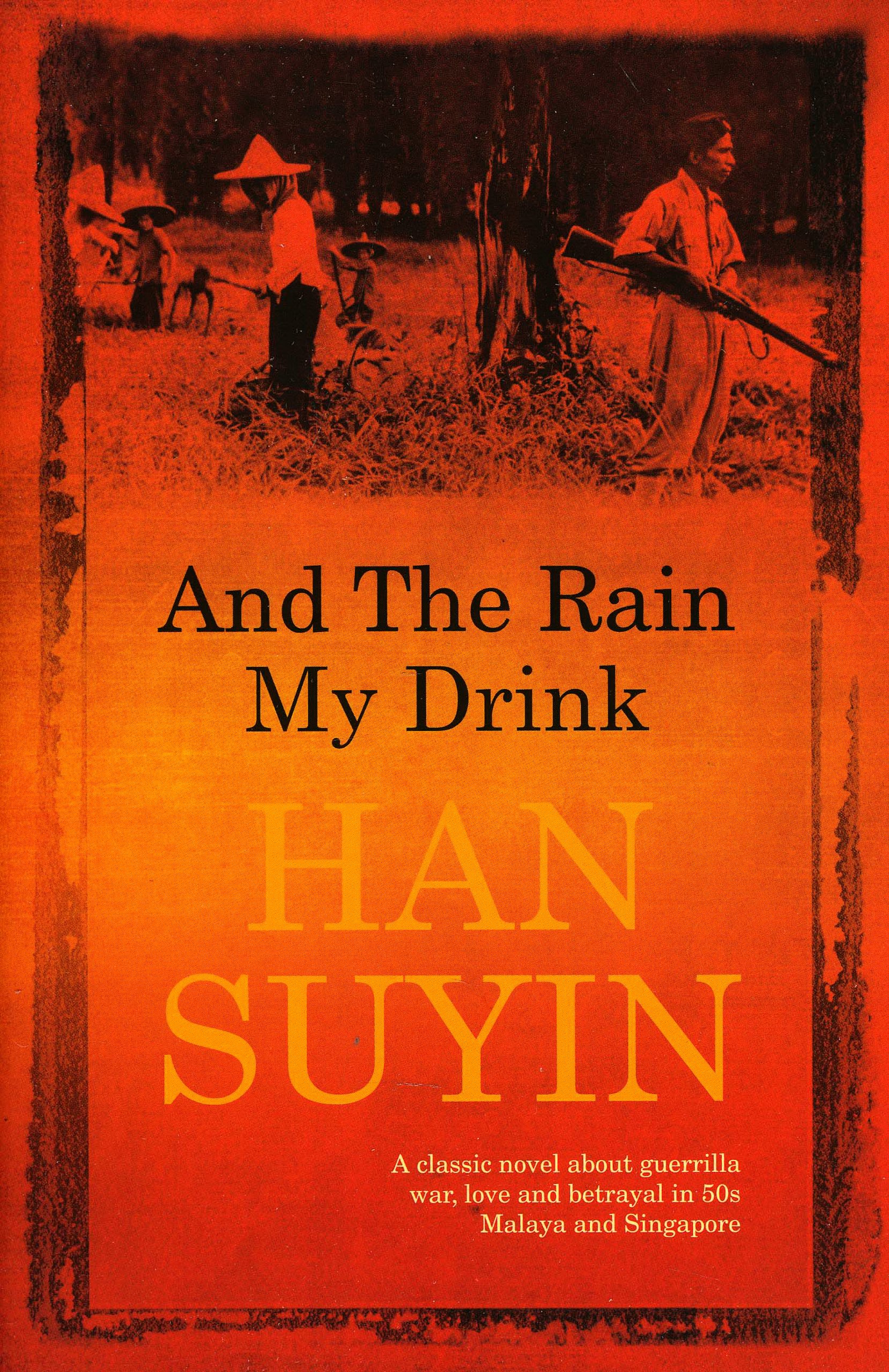
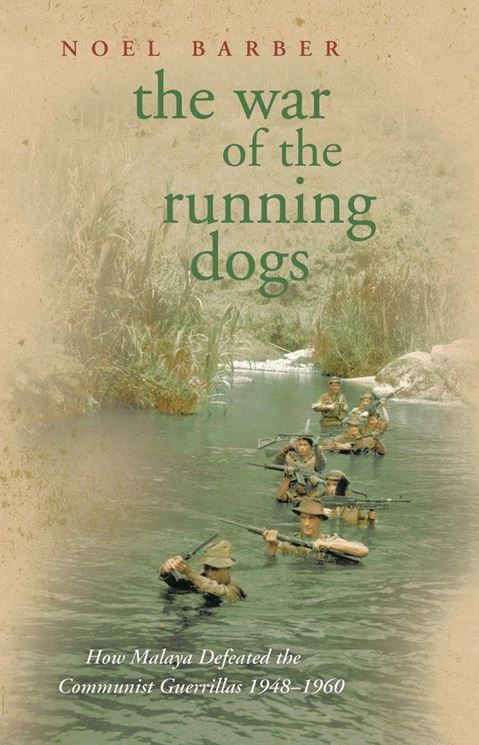
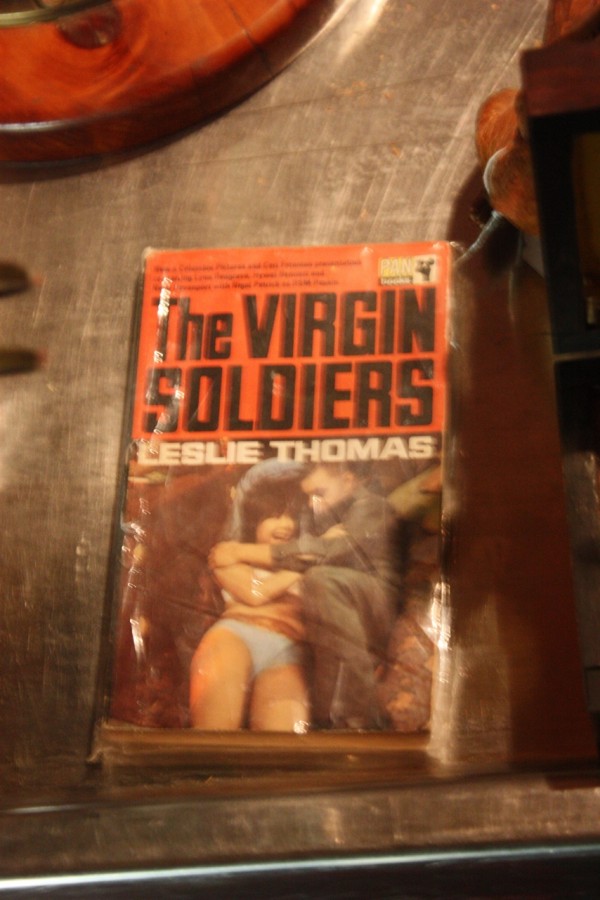
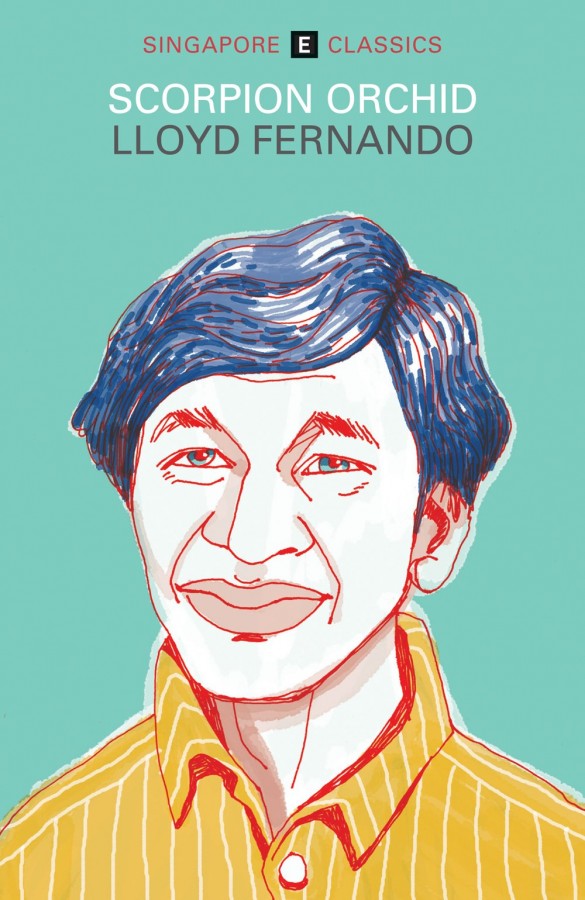
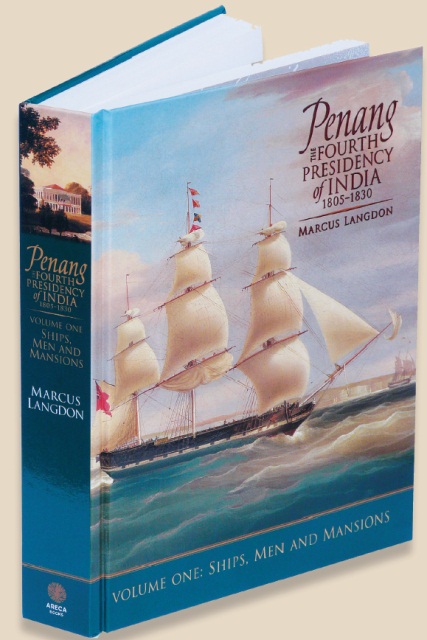
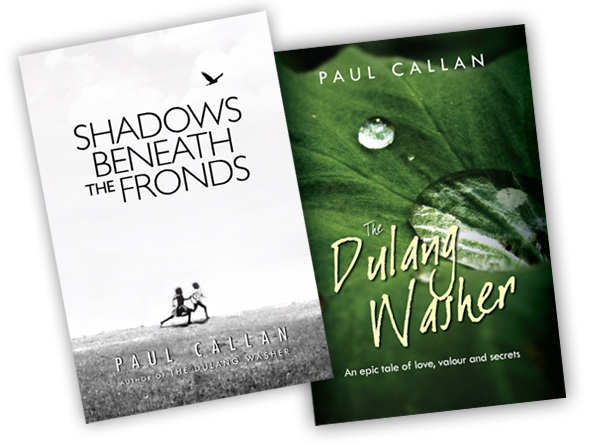
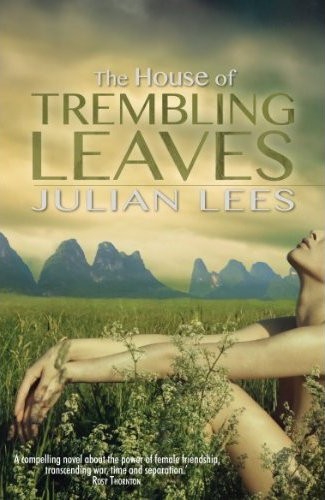
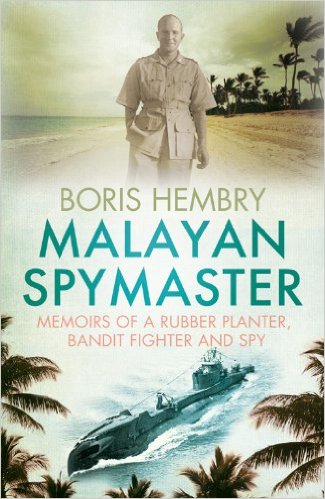
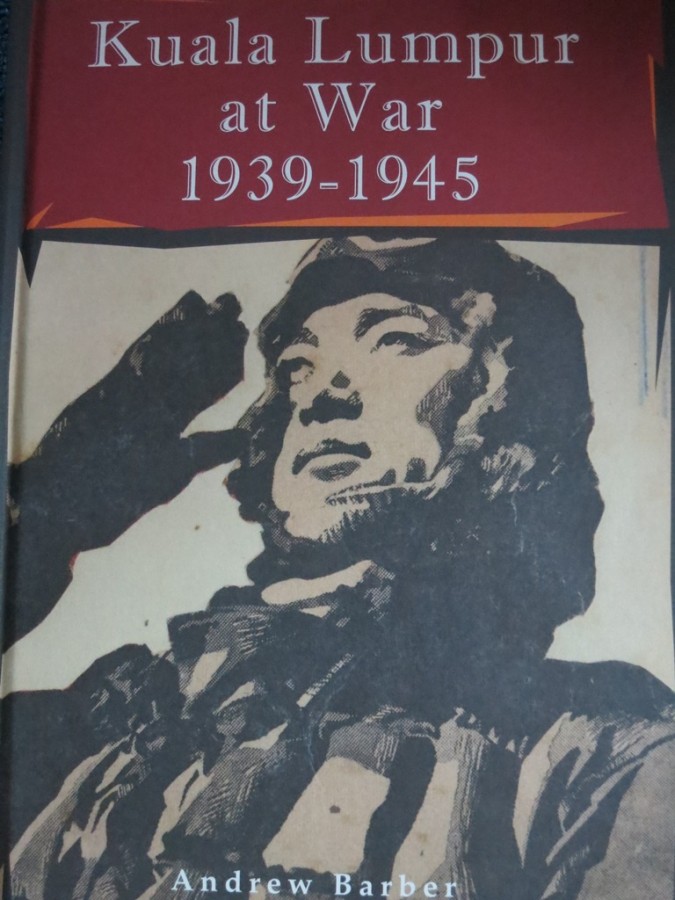


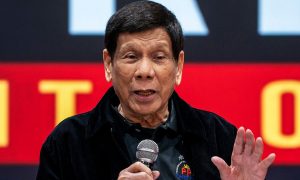





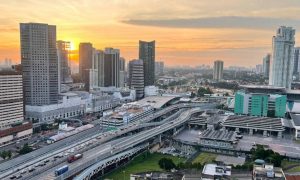

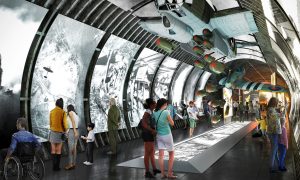









Maugham, Burgess, and Han Suyin are the Top 3 for me.
And “Time for a Tiger”.
Wallace is fantastic
Very interesting. And not a whole novel but British model and actress Joanne Lumley lived in Kuala Lumpur and wrote about it in her autobiography.
I never knew that. We are talking about the Avengers Joanna Lumley?
Yes.